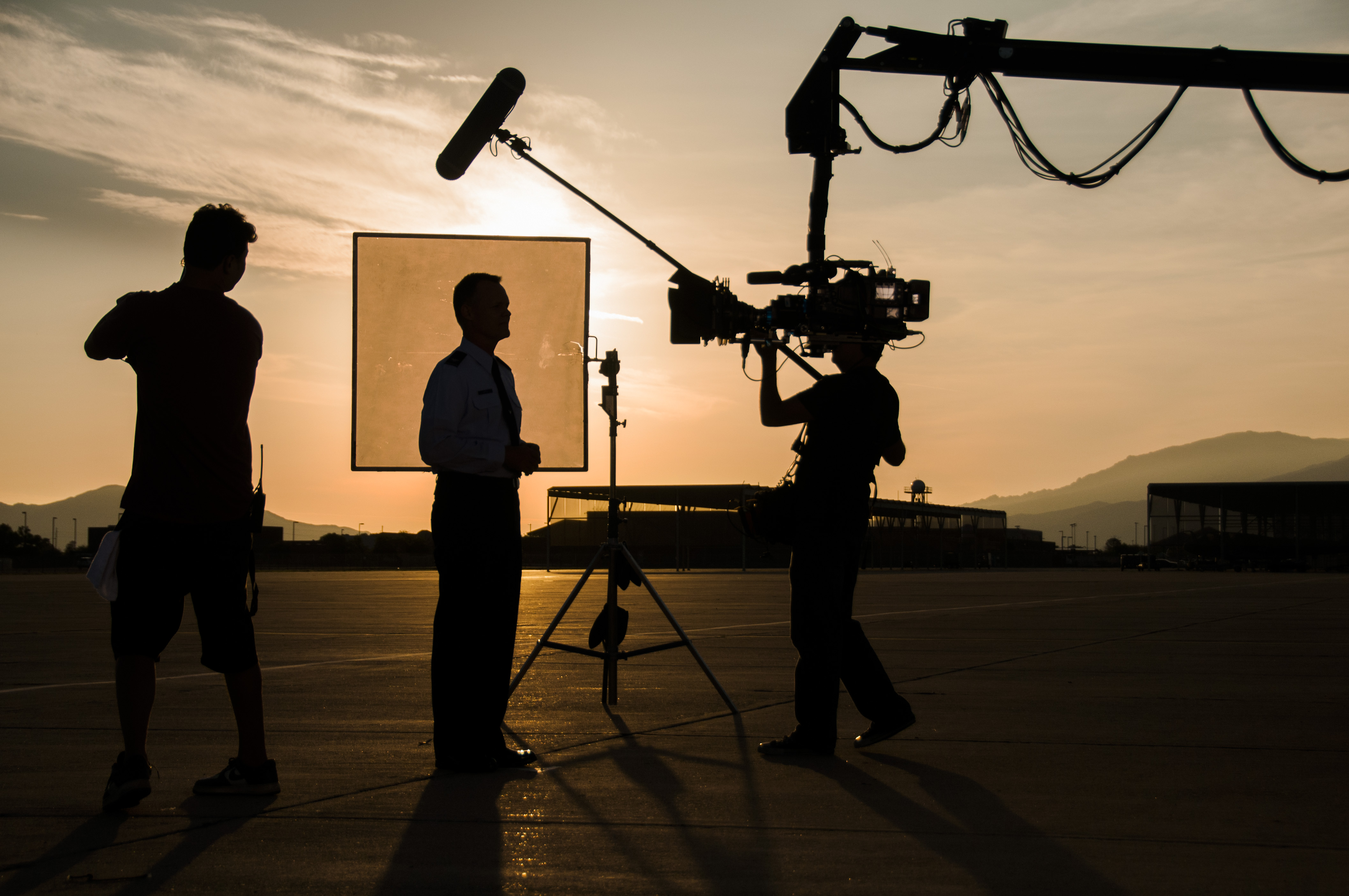The importance of film industry in the modern world
December 28, 2018In this exclusive interview we talk to Tom Sherak, President of the Academy of Motion Picture Arts and Sciences (best known for their Academy Awards, also referred to as “Oscars”). We look at the role of film in society and how it has grown to become such a ubiquitous art. We discuss what makes a ‘great’ movie, some history of film, the economics and future of the industry, and how the internet and other technologies such as CGI and 3D have affected the movie business.
Film has a uniquely powerful ubiquity within human culture. In 2009, across major territories, there were over 6.8 billion cinema admissions (compared against a world population of roughly the same number) creating global box office revenues of over US$30 billion. The convergent nature of film creates consumption across a number of channels. In the same year combined DVD and Blu-Ray sales in the United States, Canada and European Union alone were US$32.5 billion (amounting to over 1.1 billion units sold). When you start to then consider revenues and audience figures from those who consume digitally, via television, repeat view content they already own and view through the highly illegal but vast black-market in films, the figures become truly staggering.
The direct economic impact of film is clear, but the effect to the wider economy is also significant. The UK House of Commons Culture, Media and Sport Committee– in a 2002 report on The British Film Industry stated, “…Of the 23 million people who visited the UK in 2001 — spending approximately £11.3billion — VisitBritain (formerly the British Tourist Authority) estimates that approximately 20% visited the UK because of the way it is portrayed in films or on television. The flow-on effect from film (i.e. the use of services and purchase of goods by the industry) is thought to be that for every £1 spent on film, there is a £1.50 benefit to the economy.”
Cinema has become a powerful vehicle for culture, education, leisure and propaganda. In a 1963 report for the United Nations Educational Scientific and Cultural Organization looking at Indian Cinema and Culture, the author (Baldoon Dhingra) quoted a speech by Prime Minister Nehru who stated, “…the influence in India of films is greater than newspapers and books combined.” Even at this early stage in cinema, the Indian film-market catered for over 25 million people a week- considered to be just a ‘fringe’ of the population.
Source : ThoughtEconomics




